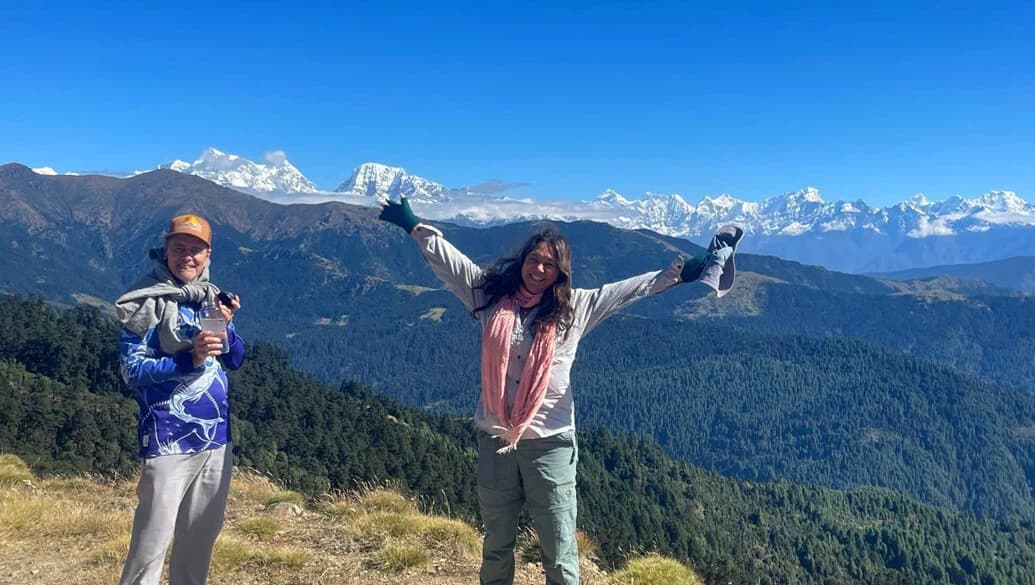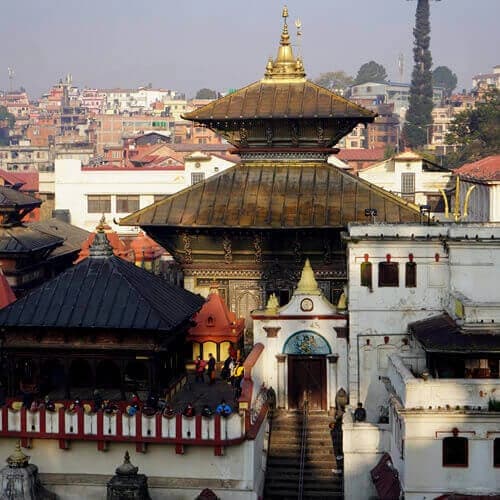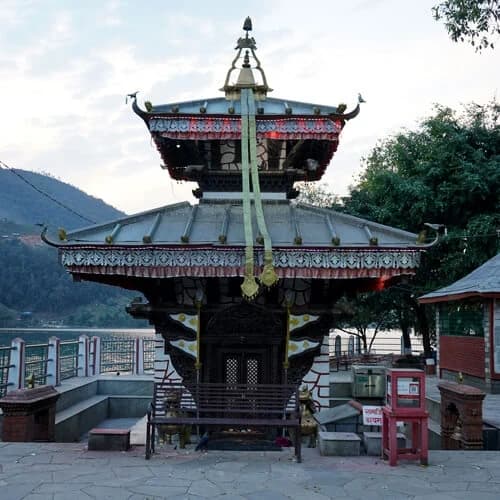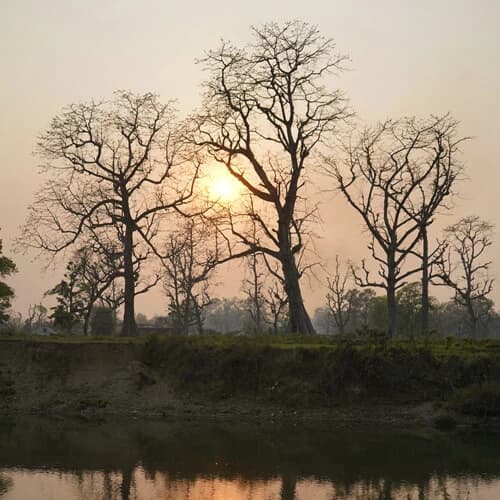Pikey Peak Trek 7 Days Highlights
- Quick and easy trek on the Solukhumbu region of Nepal.
- It is an ideal trek for beginners and people of all age groups.
- Excellent views of mountains like Lhotse, Everest, Kanchenjunga, and Makalu.
- Hike through beautiful Sherpa villages and rhododendron forests.
- Experience the daily lifestyle of the native people in different communities.
- Less crowded trails with an excellent trek experience.
- Breathtaking views of snow-capped mountains and icy landscapes.
- Explore monasteries, gompas, and other religious sites.
Pikey Peak Trek 7 Days Route
The trail remained closed until recently, so not many people know about the Pikey Peak Trek. It is now accessible after the construction a newly opened road from Kathmandu to Solukhumbu. As per the words of Sir Edmund Hillary, the Pikey Peak is the best vantage point to enjoy the views of the east Himalayan mountain range of Nepal. Additionally, it is an ideal option for most trekkers as it is one of the quietest trails compared to other commercial trek routes. The comfortable trail and gorgeous landscapes make Pikey Peak trey a unique expedition.
You can begin the trek by either a jeep or a flight to Lukla; our expedition starts with a 7-8 private jeep drive from Kathmandu to Dhap (2850m.|9348ft.), which is the starting point of the trek. The trail then ascends through beautiful villages and dense forests of pine and rhododendrons. While walking in the allies of the villages, you can learn about the culture and traditions of the local Sherpa people. You will also come across several communities, such as Rai, Tamang, Limbi, and Chettri. Likewise, the prayer wheel, stupas, and prayer flags along the way make the journey even more impressive.
The comfortable Pikey Peak trek starts at a leisurely pace from Kathmandu. On the first day, you will enjoy a private jeep drive to Dham, the starting point. From here, the hike on foot along the gentle terrains kicks off. Your first encounter with the mountain ranges will begin on the trek from Dhap to Jhapre, a vantage point to watch Numbur Himal. Moving ahead, the hike from Jhapre to Pikey Pease Base Camp is filled with several gompas, stupas, and old yak houses along the way. For the first few days, you will walk mostly on forested terrains and grassy ridges until the landscapes become icy and snow-covered.
During Spring, the forests alongside the trail are dyed red and pink with blossoming rhododendrons. After resting in the Base Camp on day three, you will make the ascent to Pikey Peak to witness the majestic sunrise over the snow-capped mountains. After the exciting exploration, you will hike to Jase Bhanjyang and arrive at Junbesi on day four. On this day, you will walk for approximately 4-5 hours and explore ancient religious sites like the Thibten Choeling Monastery. After spending the night in Junbesi, you will resume the hike the next day and make a steep ascent to Phaplu. You can enjoy the majestic panorama of Mt. Everest, Mt. Makalu, Mt. Chamlang, etc. The final destination of the Pikey Peak trek will be Phaplu, where we will spend the night and drive back to Kathmandu on the seventh day.
Pikey Peak Trek Difficulty
The difficulty level of the Pikey Peak Trek is rated as moderately challenging as compared to other trek in the region. However, even though the trek route is off-beaten, some parts of the trail are leveled and easy to hike. Additionally, exceptionally few steep inclines would push you to your limits. To begin this exciting adventure, you don't need any special training and can enjoy the trek with basic fitness exercises. During this journey, you will be hiking for an average of 5-6 hours for 6 to 7 days. So, you won't put much strain on your body, as you will have adequate time to rest and replenish your tired body.
Pikey Peak Trek – Physical Requirements
For travelers who want to undertake the Pikey Peak Trek, you must be mentally and physically prepared for the exciting journey ahead. So, if you plan to conquer the peak, we recommend you spend appropriate time and energy preparing yourself. We suggest you indulge in jogging, swimming, cycling, and other exercises to build your stamina and core muscles.
Pike Peak Trek Cost For 2026/2027
In general, the average cost of the Pikey Peak trek cost to you USD 750. Remember that the total amount will increase according to your preference and that additional services will be provided during the trek. On the other hand, the trek cost will also decrease significantly if you travel in a group. We highly suggest you join one. If you don’t have one, we can arrange it for you. This will enhance the overall trek experience and help you build new connections and create memories that last a lifetime.




